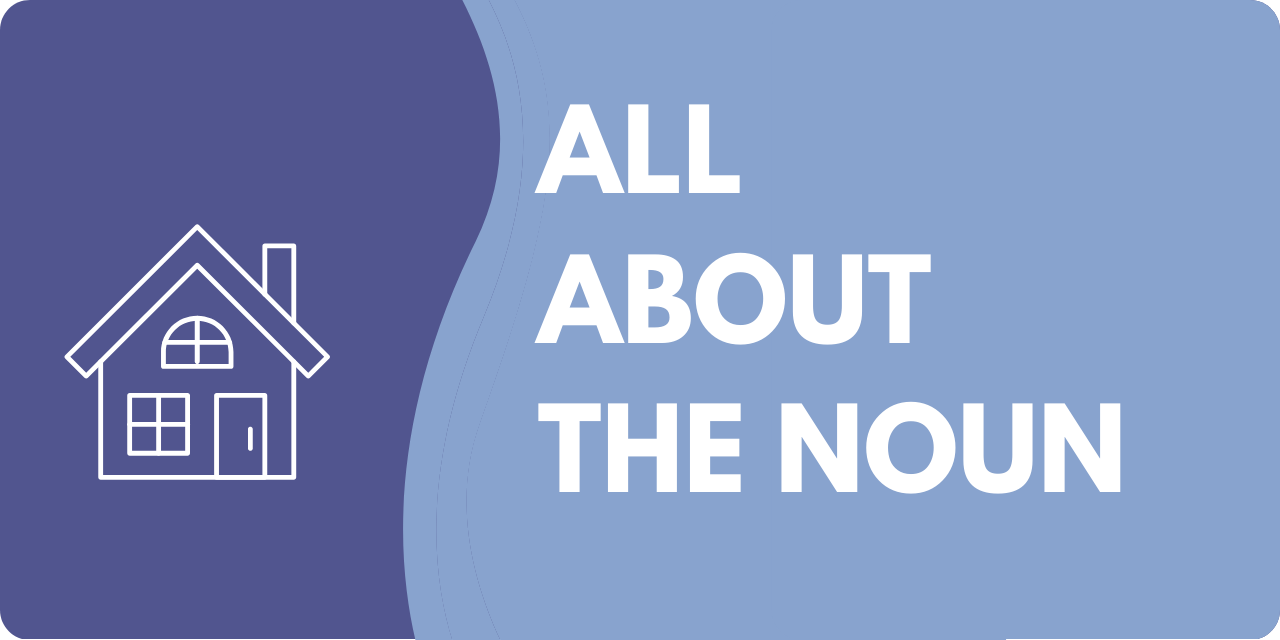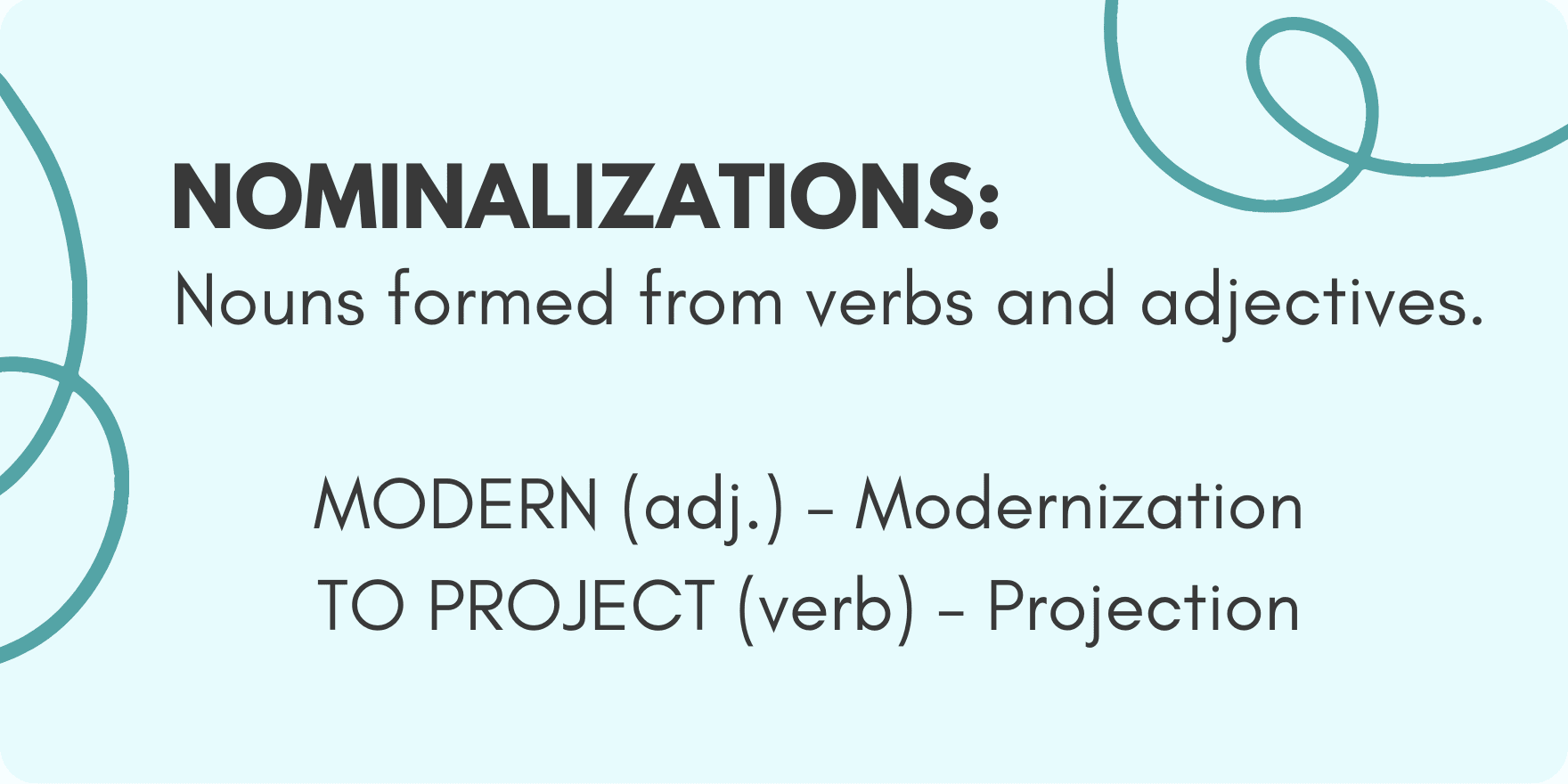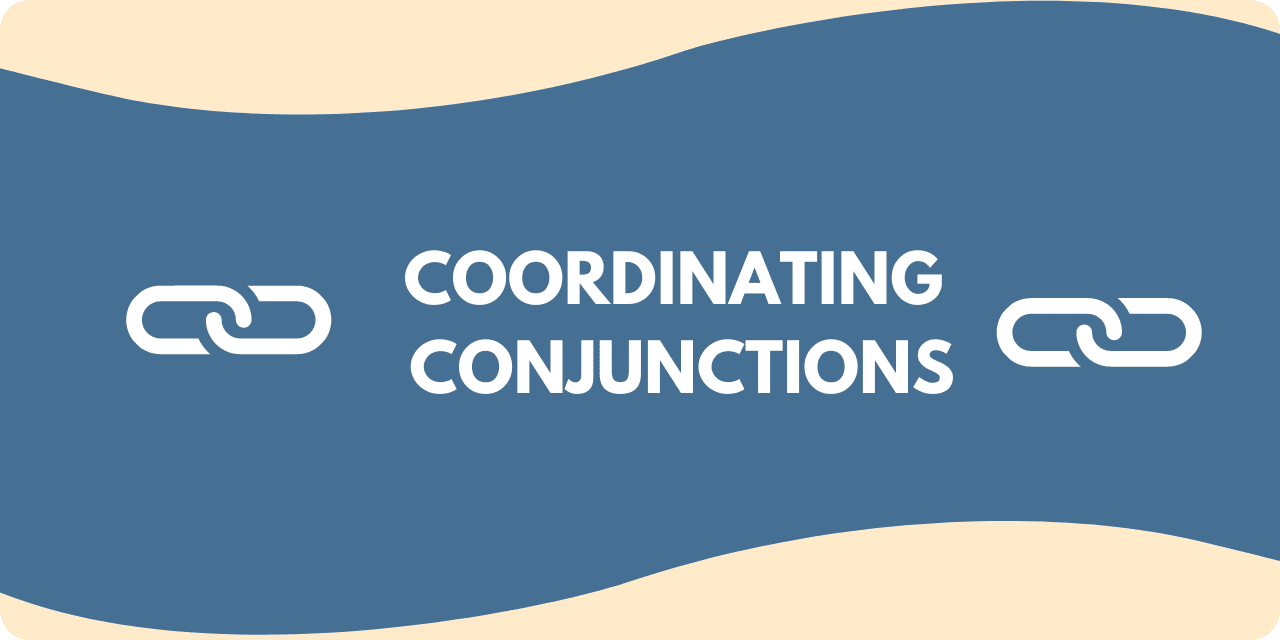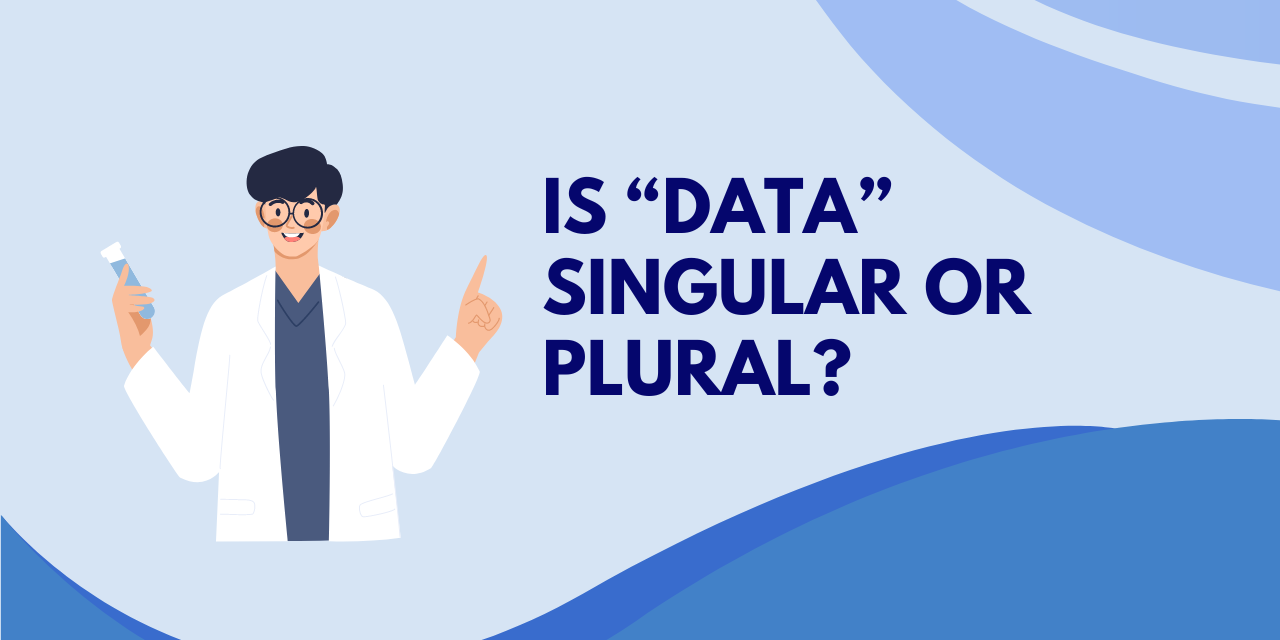We get lots of questions on whether the word “is” is considered a verb and what is its function in a sentence . This can be a tough one to figure out, because we use “is” so often in English and in so many different ways! Let’s take a look at how “is” can be used in a sentence to determine whether it’s a verb, a noun, a preposition or all of the above.
To Be – A Stative Verb
“Is” is a specific type of verb that describes a state of being known as a stative verb. This means that is doesn’t refer to a specific action or activity (like to run, to swim, to eat) – rather, we use “is” simply to describe a state of being or existing.
This may seem counter-intuitive. A noun is a person, place or thing; an adjective is a descriptor; and when it comes to verbs, we’ve all been taught that they describe action. The dog ran away. Your mother drove to the store. The movie is about to play.
Each one of these are clearly verbs, since they all refer to a specific action that is taking place. But how does that work with “is”? How can “is” be a verb when it describes a state of being or existence?
We’ll tell you a little secret: verbs don’t always need to be connected to direct action. Verbs are most commonly connected with action, but with a state of being verb, they can simply be used to describe existence (without any action at all).
For reference, here is a list of stative verbs:
| like | know | belong |
| love | realise | fit |
| hate | suppose | contain |
| want | mean | consist |
| need | understand | seem |
| prefer | believe | depend |
| agree | remember | matter |
| mind | recognise | see |
| own | appear | look (=seem) |
| sound | taste | smell |
| hear | astonish | deny |
| disagree | please | impress |
| satisfy | promise | surprise |
| doubt | think (=have an opinion) | feel (=have an opinion) |
| wish | imagine | concern |
| dislike | be | have |
| deserve | involve | include |
| lack | measure (=have length etc) | possess |
| owe | weigh (=have weight) |
It isn’t always easy to pinpoint stative verbs. They often feel like filler words and can easily hide in a sentence because they describe existence, without a specific action tied to them. State of being verbs don’t follow typical conjugation rules either, which can make it challenging for even native English speakers. As an example, let’s take a look at how we might conjugate the verb “jump.”
- I jumped over the puddle.
- You jumped over the puddle.
- She jumped over the puddle.
Simple and straight forward, isn’t it? Well, not all verbs are created equal. Let’s have a look at “to be.”
Is – A Conjugation Of “To Be”
One of the most commonly used stative verbs (and the focus of this article) is “to be.” Its conjugations include “been,” “being,” “was,” “were,” “am,” and finally, “is.”
“Is” is a conjugation into the third person, singular present form of “be.” If it’s been a while since you’ve brushed up on your tenses, here’s a quick overview:
- To conjugate into the first person, singular present, you would use “I am.”
- To conjugate into the second person, singular present, you would use “You are.”
- To conjugate into the third person, singular present, you would use “She is.”
For reference, here is the full conjugation of the verb “to be:”
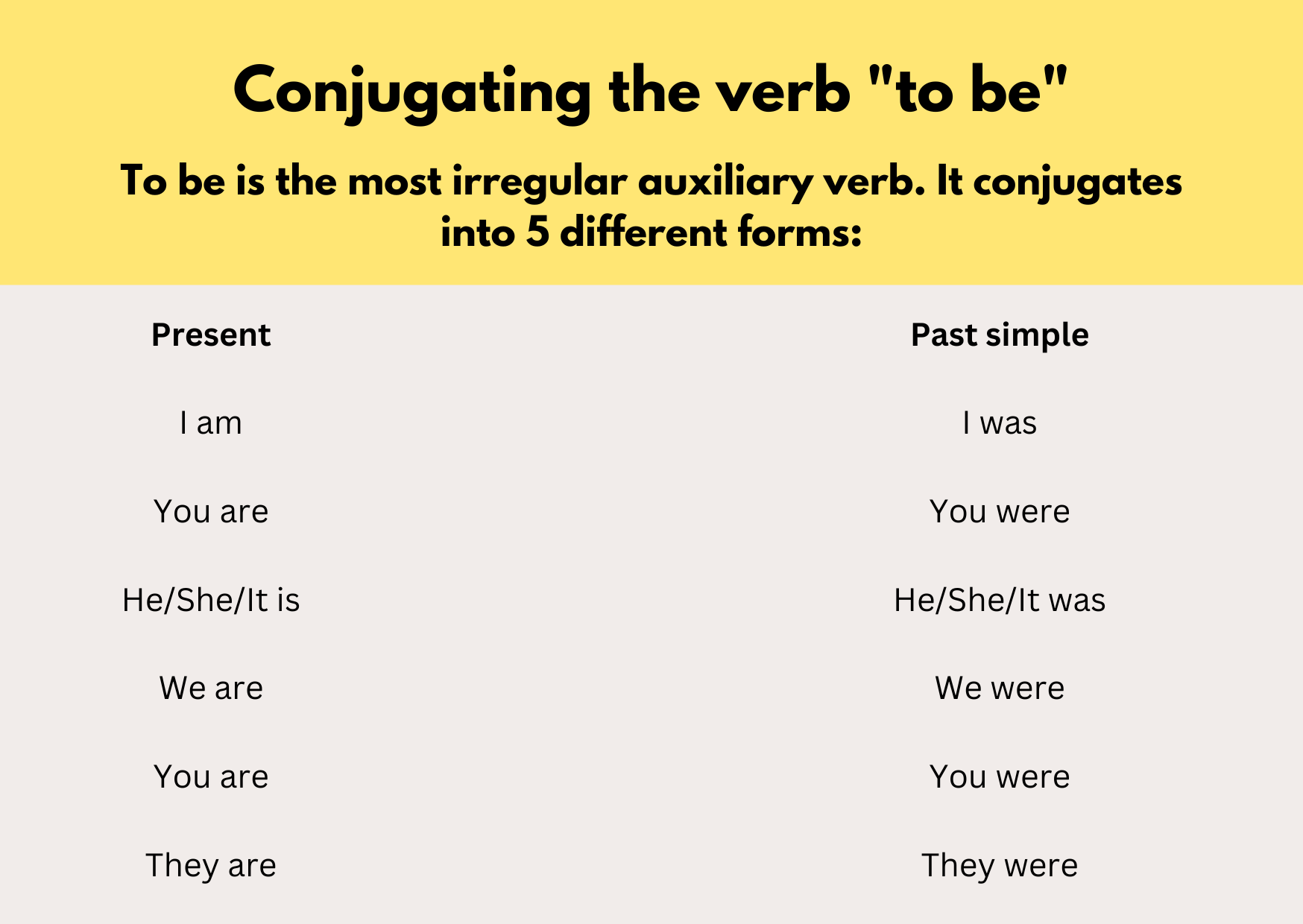
Is Used As A Helping Verb
Another way that we can use “is” in a sentence is as a helping verb. A helping verb is a verb that comes before the main verb in a sentence. For example:
- She is planning to switch her shift from Friday to Saturday.
- She did not know whether she would be able to accommodate the change, but it is going to work.
In both of the above examples, “is” works right alongside “planning” and “going” as a helping verb.
You can identify a helping verb by seeing if it can stand alone in a sentence. If it can, it is the primary verb, if it can’t, it is the helping verb
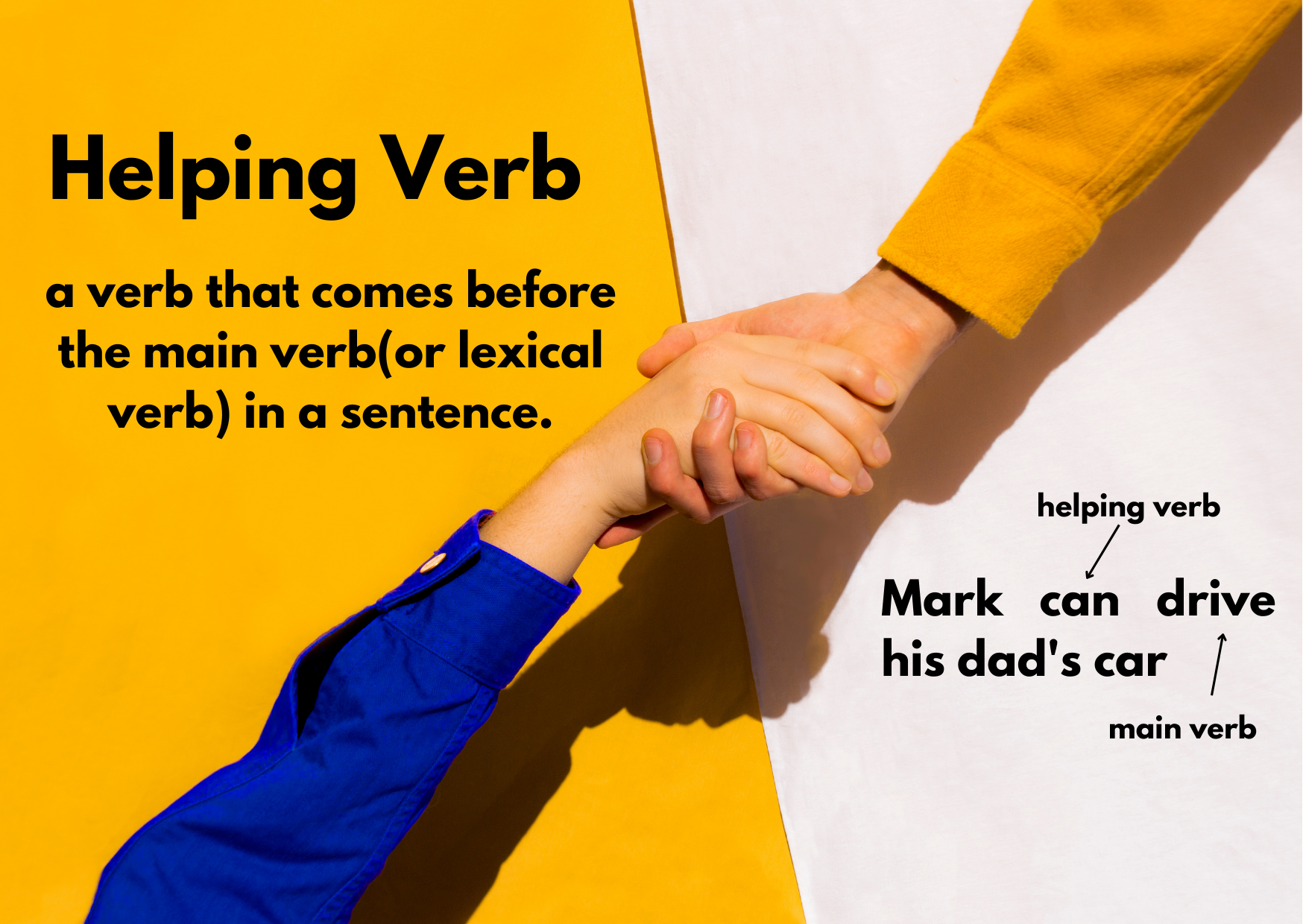
Here is a list of helping verbs:
- am, is, are
- was, were
- be, been, being
- do, does, did
- have, has, had
- may, can, must, might
- shall, will
- should, would, could
Summary
So what is “is?” A Noun? A preporition? A verb? In this article, we defined that the word “is” is a verb, and more specifically a stative verb, describing existance. So to summarize:
- Is is a verb.
- It can also function as a helping verb.
Related: What Is The Difference Between None Is And None Are



